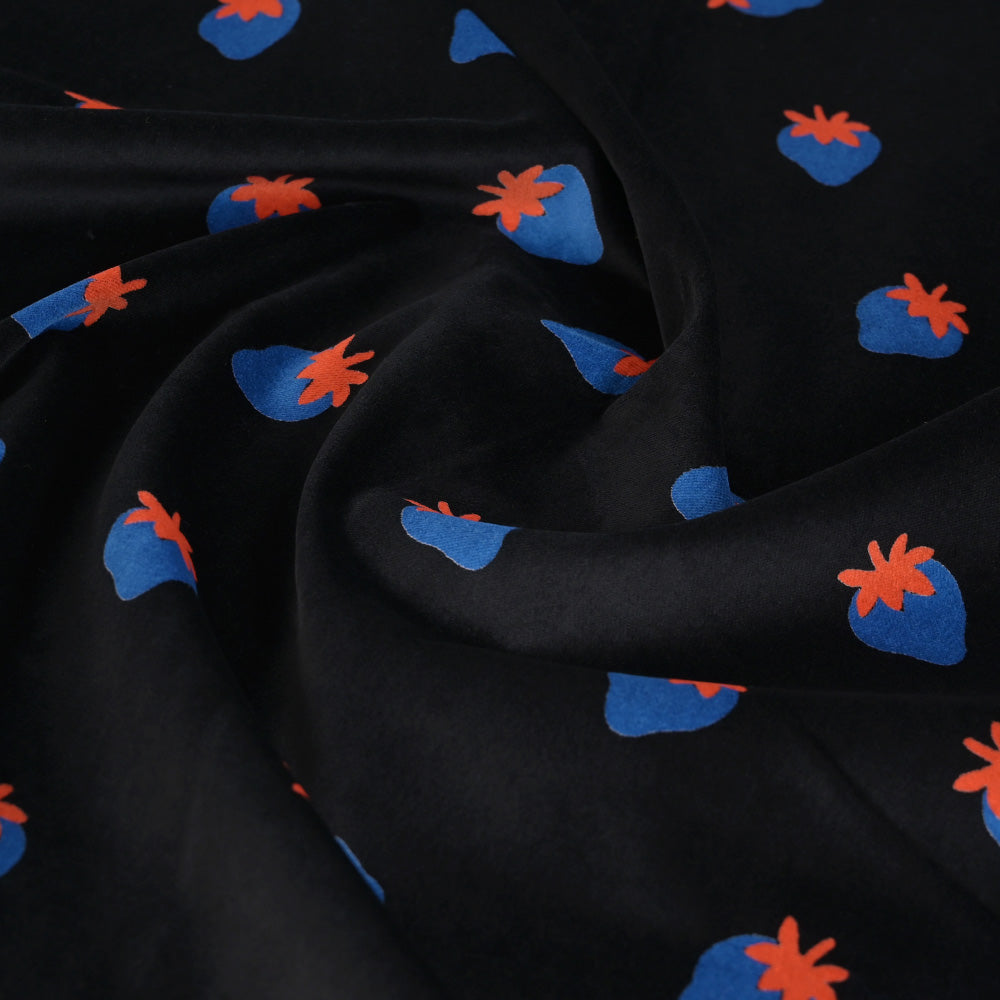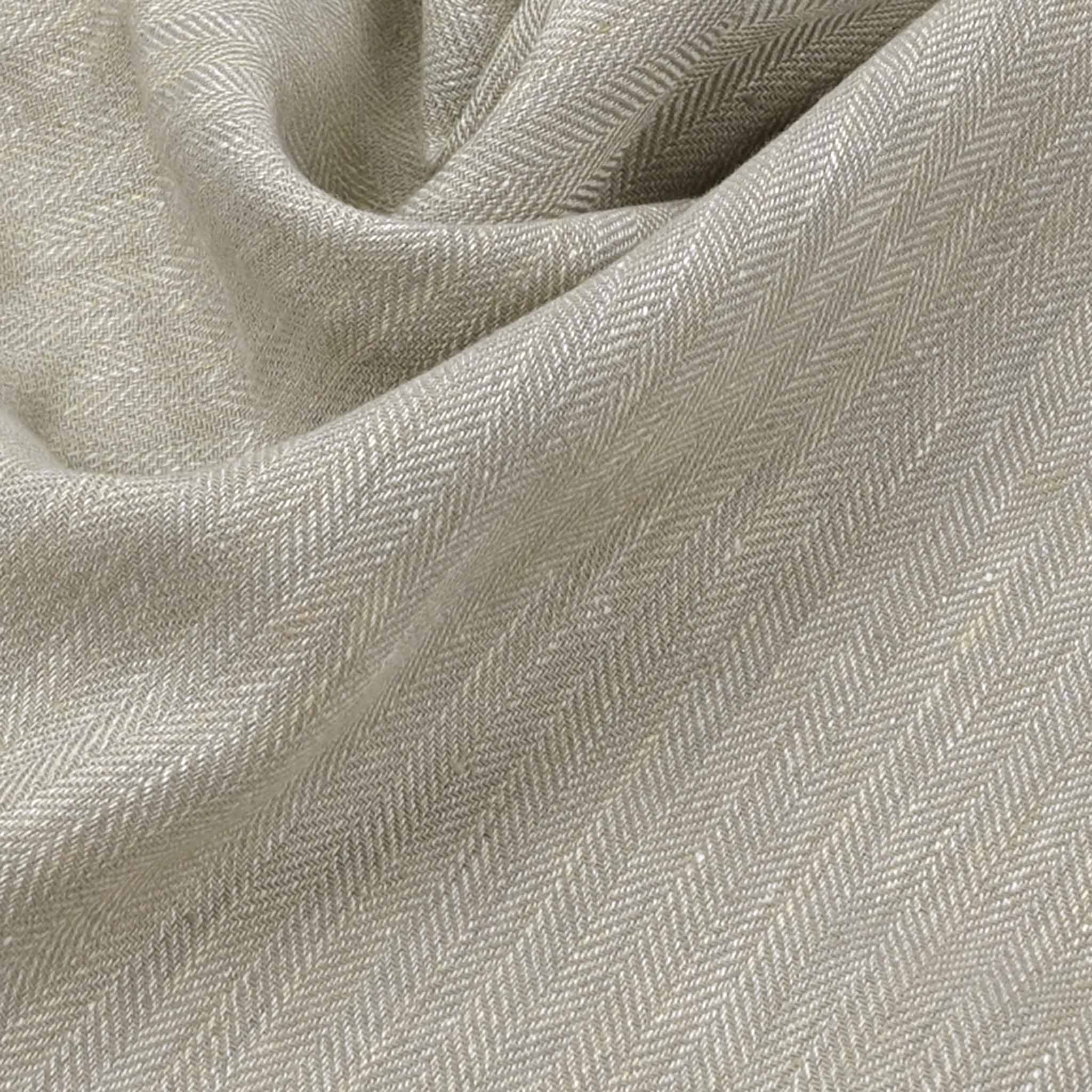Different Printing Methods
Nowadays, it is very popular to print images on fabrics. Sublimation, digital printing and conventional printing are the three methods that create this trend, all with different instructions, but with the same uses.
- Sublimation
Sublimation is a printing method that involves transferring the image from paper to fabric. To perform this technique, specific ink and a heat press are required. The image is printed on paper and then the ink is subjected to a lot of pressure and high temperatures, causing the ink to penetrate the fabric. The application of a protective resin that joins the ink guarantees the quality and durability of the image.
This technique is quite advantageous due to its resistant and durable characteristics, but it can also be a little limited due to being a method that works better in fabrics with a higher percentage of polyester or other synthetic fibers in their composition. The higher the percentage of these fibers, the better the fixation on the fabric.
Sublimation by transfer is a printing method that consists of a process of printing the image on a specific paper (transfer paper). The image is initially printed on paper and then transferred to the fabric through pressure and high temperatures. Under high temperature and pressure, the ink is transferred to the fabric and solidifies in its fibers, being permanently dyed.
This is a method of low development costs and is quite simple to execute since for the printing of the image it is only necessary the transfer paper. Transfer paper contains a special film that, when subjected to a lot of pressure and high temperatures, the image separates and transfers to the fabric.
In addition to the printer and the materials, the difference between sublimation and transfer lies in the fact that, in sublimation, the ink penetrates the fibers of the fabric, while in transfer the ink is transferred to the fabric, making this technique not so resistant and washable.
Advantages of Sublimation:
- Unlimited creativity;
- Quick process;
- Intense colors with strong contrasts;
- Reduced development costs.
- Digital Printing
Digital printing is a faster printing method than sublimation, which uses technology to print fabrics. In this technique, the digital image is printed directly onto the surface of a material, basically, the image is digitally edited, and then the image is quickly printed on the fabric with toner powder or liquid ink.
In digital printing, it is possible to enhance the image before printing and its texture and sharpness are captured. This technique tolerates ultraviolet radiation and is quite easy and quick to make, but the print may start to fade after several washes.
This process not only reduces energy and water consumption but also does not harm the environment, which makes this technique a very sustainable method. Unlike conventional printing, this method does not use the same amount of chemicals.
Digital printing is normally performed on fabrics with a high percentage of cotton or other natural fibers, for example, 60% cotton and 30% polyester.
Advantages of Digital Printing:
- Ideal for printing on natural fibers;
- Prints with good definition;
- Possibility of customization;
- Sustainable.
- Conventional Printing
Conventional printing is a quick method that involves different frames or cylinders for each image color. It is a very attractive method, as it offers the best quality of images and special effects, such as sparkles. This technique is used to produce on a large scale, due to its speed and cost-effectiveness for large quantities since the individual price unit decreases. With conventional printing, a high amount of production is not only more economical but also faster to execute.
This process requires a lot of water and energy in addition to chemicals, which makes slow fashion companies avoid it, due to its harmful characteristics to the environment.
Advantages of Conventional Printing:
- Favorable cost-effectiveness for large orders;
- Speed;
- Possibility of special effects, such as sparkles;
- Allows high production.
NAVY FLORAL PRINT 98269
WHITE GEOMETRIC PRINT 3251
All three methods have their advantages as well as disadvantages, so there is no right or wrong choice. There are different needs, so the best printing method will always depend on the intended purpose. Consideration must be given to cost, time and quality, this way, it becomes easy to find the ideal technique.




